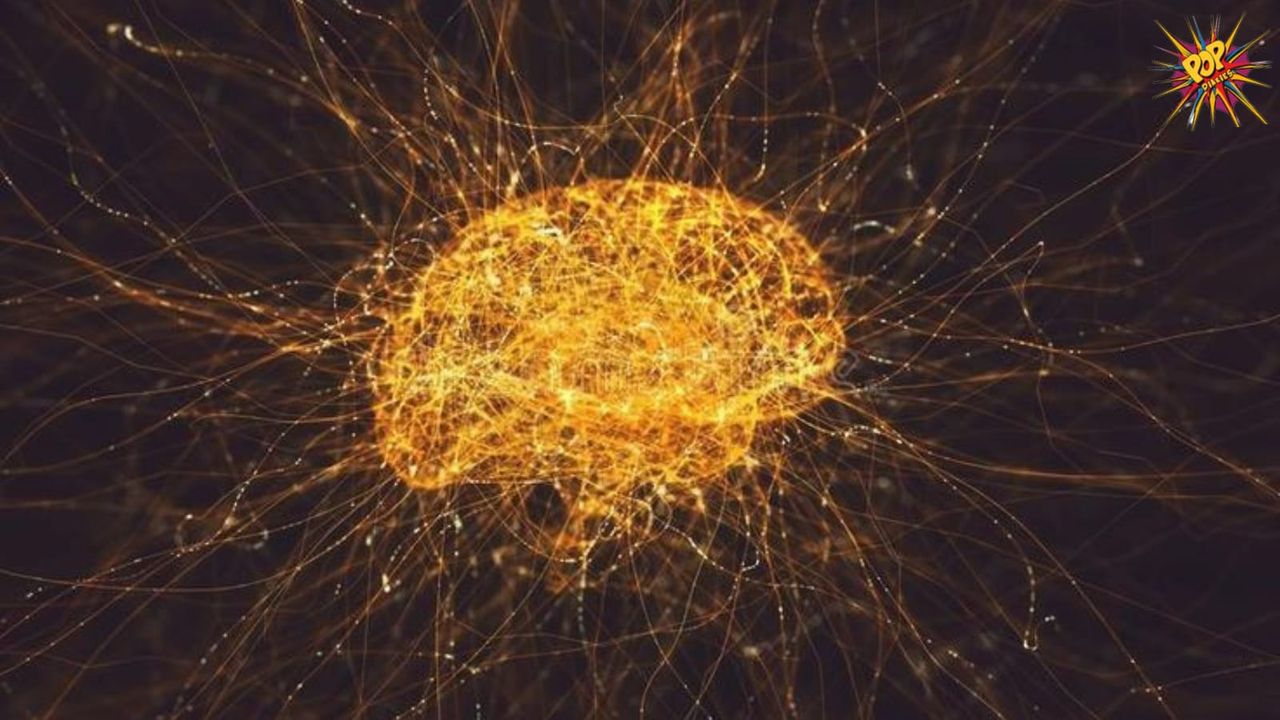WEDNESDAY, Sept. 4, 2024 -- A new brain imaging study has concluded that autism likely isn’t caused by faulty connections to the amygdala.A...
Vous n'êtes pas connecté
- English
- Français
- عربي
- Español
- Deutsch
- Português
- русский язык
- Català
- Italiano
- Nederlands, Vlaams
- Norsk
- فارسی
- বাংলা
- اردو
- Azərbaycan dili
- Bahasa Indonesia
- Հայերեն
- Ελληνικά
- Bosanski jezik
- українська мова
- Íslenska
- Türkmen, Түркмен
- Türkçe
- Shqip
- Eesti keel
- magyar
- Қазақ тілі
- Kalaallisut ; kalaallit oqaasii
- Lietuvių kalba
- Latviešu valoda
- македонски јазик
- Монгол
- Bahasa Melayu ; بهاس ملايو
- ဗမာစာ
- Slovenščina
- тоҷикӣ ; toğikī ; تاجیکی
- ไทย
- O'zbek ; Ўзбек ; أۇزبېك
- Tiếng Việt
- ភាសាខ្មែរ
- རྫོང་ཁ
- Soomaaliga ; af Soomaali
 Maroc - POPDIARIES.COM - A La Une - 05/Aug 13:18
Maroc - POPDIARIES.COM - A La Une - 05/Aug 13:18
The Brain's Dynamic Self-Optimization
The idea that the human brain is "constantly eating itself" can be understood metaphorically to describe several intricate processes that involve the brain's maintenance, adaptation, and self-regulation. Here’s a detailed exploration of how this metaphor applies: 1. Neuroplasticity and Synaptic Pruning The human brain is remarkably adaptable, a property known as neuroplasticity. This adaptability involves two key processes: synaptic pruning and the creation of new neural connections. - Synaptic Pruning: During development, especially in childhood and adolescence, the brain forms a vast number of neural connections, or synapses. However, not all these connections are maintained. Synaptic pruning is a process where the brain eliminates weaker or less frequently used synapses, making the neural network more efficient. This process can be seen as the brain "eating" or removing less useful connections to strengthen and optimize the remaining ones. - Neurogenesis: Alongside pruning, the brain constantly generates new neurons, particularly in areas like the hippocampus, which is involved in memory and learning. This ongoing creation and integration of new neurons can be likened to the brain's way of "refreshing" itself by incorporating new cells into its existing structure. 2. Metabolic and Cellular Maintenance The brain is a highly active organ that requires a lot of energy to function properly. Its cells, particularly neurons, are constantly undergoing metabolic processes to maintain their health and functionality. - Autophagy: Neurons undergo a process called autophagy, where cellular components are broken down and recycled. This includes the removal of damaged proteins and organelles. Autophagy is crucial for cellular maintenance and function, and it can be seen as the brain’s way of "eating" and clearing out damaged or obsolete cellular material to prevent dysfunction and maintain health. Energy Consumption: Neurons consume a significant amount of glucose and oxygen to fuel their activity. This constant energy demand means that the brain is continually engaged in processes that involve breaking down nutrients to produce energy, which can be metaphorically viewed as a form of "self-consumption." 3. Cognitive and Emotional Adaptation The brain also "eats itself" in the sense of constantly adapting and reorganizing based on experiences and environmental changes. - Memory Formation: When new memories are formed, they involve changes in synaptic strength and the reorganization of neural circuits. This process involves the modulation and sometimes even the destruction of existing neural pathways to make room for new information. Essentially, the brain updates its wiring by "consuming" previous states to accommodate new experiences. - Emotional Regulation: Emotional experiences can lead to changes in brain function and structure. The brain may alter its responses to stress or emotional stimuli, leading to changes in neural circuits. This process involves reorganization and adaptation, akin to the brain "eating" and adjusting its own responses based on emotional experiences. 4. Age-Related Changes As people age, the brain undergoes various changes that can be seen as a form of self-regulation and adaptation. - Decline and Compensation: Aging can lead to the loss of neurons and synapses, but the brain also compensates through the recruitment of alternative neural pathways. This process involves the brain "consuming" or losing some of its earlier structures while developing new strategies to maintain function. - Cognitive Reserve:The concept of cognitive reserve refers to the brain's ability to maintain function despite age-related changes. It involves using existing neural resources more efficiently and creating new connections, effectively balancing the loss of certain elements with the adaptation of others. 5. Neurological Disorders Certain neurological disorders can also illustrate this concept of the brain "eating itself" in a more literal sense. - Neurodegenerative Diseases: Conditions like Alzheimer's disease and Parkinson's disease involve the progressive loss of neurons and synapses. In these diseases, the brain's own processes lead to the destruction of its structures, which can be viewed as a pathological form of the brain "eating" its own components. CONCLUSION The metaphor of the brain "eating itself" captures the complex processes of maintenance, adaptation, and self-regulation that are fundamental to its function. From synaptic pruning and neurogenesis to metabolic processes and cognitive adaptation, the brain is continually reorganizing and refining itself to maintain efficiency, health, and functionality. READ MORE Cleopatra’s Endgame: How the Last Pharaoh Met Her Fate
Articles similaires
A quantum neural network can see optical illusions like humans do.
Optical illusions, quantum mechanics and neural networks might seem to be quite unrelated topics at first glance. However, in new research I have used...
Harvard and Google unveil most detailed wiring diagram of human brain
Researchers from Harvard University and Google have unveiled an intricate wiring diagram of the human brain from a tiny piece of cerebral cortex...
DID YOU KNOW? Humans Lose Approximately 600,000 Skin Cells Every Hour
The human skin, the body's largest organ, is continuously in a state of renewal and regeneration. Remarkably, every hour, humans shed approximately...
Study reveals how neighboring synapses compete for plasticity resources
Nerve cells in the brain receive thousands of synaptic signals via their "antenna", the so-called dendritic branch.
Study reveals how neighboring synapses compete for plasticity resources
Nerve cells in the brain receive thousands of synaptic signals via their "antenna", the so-called dendritic branch.
Reversing brain aging: New drug restores brain’s natural waste removal system
Alzheimer’s, Parkinson’s, and other neurological diseases can be thought of as “dirty brain” conditions, where the brain struggles to clear...
How exercise influences addiction recovery
A University at Buffalo neuroscientist whose focus is the brain’s reward system and its role in addiction is helping to illuminate how exercise can...
Link Between Inequality and Brain Aging Unraveled
Your brain's aging process varies depending on your social and physical environments, influencing cognitive health and overall brain function,...
Brain's Role in Financial Exploitation
Older adults more vulnerable to financial scams may have brain changes linked to an increased risk of Alzheimer's disease according to a...
Les derniers communiqués
-
Aucun élément





